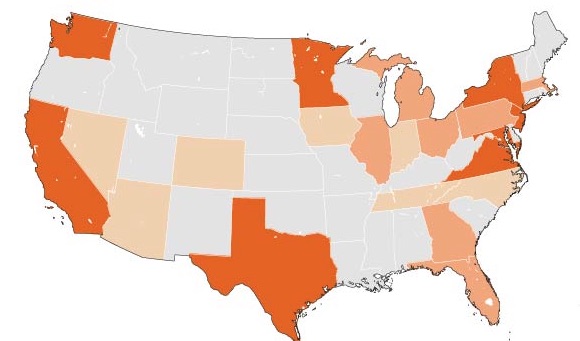38 Search Results Found For : " rtw807.top ʸɤ ¶κƮ BIS ʸīڳ ú̹ allbetgaming Եȣ ɺ"

Women and Girls at Risk of Female Genital Mutilation/Cutting in the United States
(2016) Although FGM/C is most prevalent in sub-Saharan Africa, global migration patterns have increased the risk of FGM/C among women and girls living in developed countries, including the United States, according to PRB analysis published February 2015.
Maternal Care in India Reveals Gaps Between Urban and Rural, Rich and Poor
(2003) Hena is four months pregnant and her expression tells it all: Her eyes are dull and her face is pale as she waits to be examined by the doctors at Calcutta Rescue, a nongovernmental organization that works with poor people.
U.S. Racial/Ethnic and Regional Poverty Rates Converge, but Kids Are Still Left Behind
(2007) New poverty estimates from the U.S. Census Bureau's Current Population Survey show that about 36.5 million Americans—12 percent of the population—lived in poverty in 2006. While poverty rates continue to vary widely by subgroup and region, longer-term trends point to a growing convergence in poverty levels among minority groups and for people living in different parts of the country.1

Project: Center for Public Information on Population Research (CPIPR)
Webinar: How Women Became America’s Safety Net (PRB Book Talk)
A conversation with author Jessica Calarco on her new book, Holding It Together
Fighting AIDS-Related Stigma in Africa
(2002) Stigma and discrimination remain a major fact of life for the estimated 29.4 million people with HIV in sub-Saharan Africa and for the more than 11 million children who have lost one or both parents to AIDS.
Human Papillomavirus: A Hidden Epidemic in the United States
(2001) The human papillomavirus is the most common sexually transmitted infection (STI) in the United States, with an estimated 24 million active cases and 5.5 million new cases each year, according to the National Cancer Institute. Various strains of HPV cause the great majority of cases of cervical cancer.
